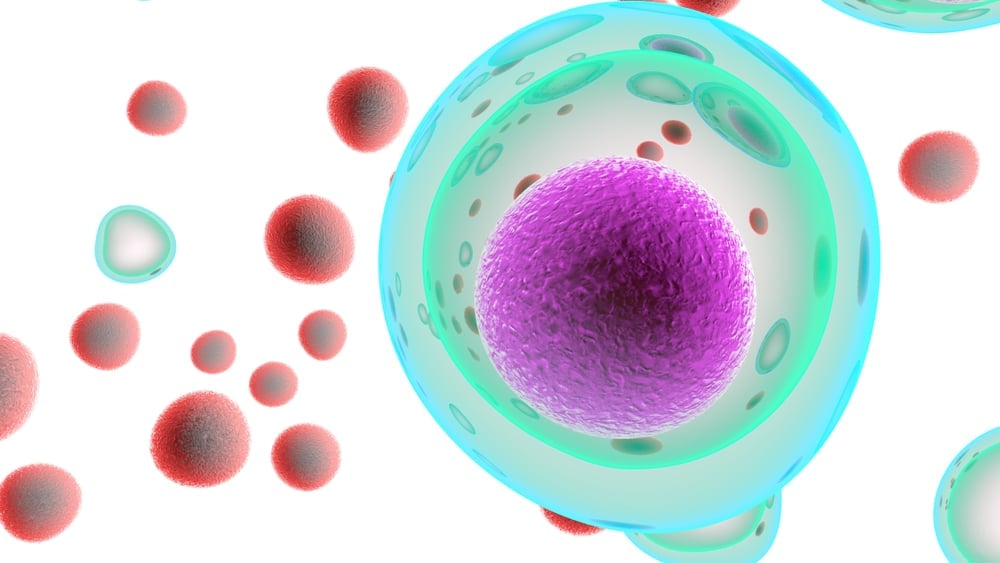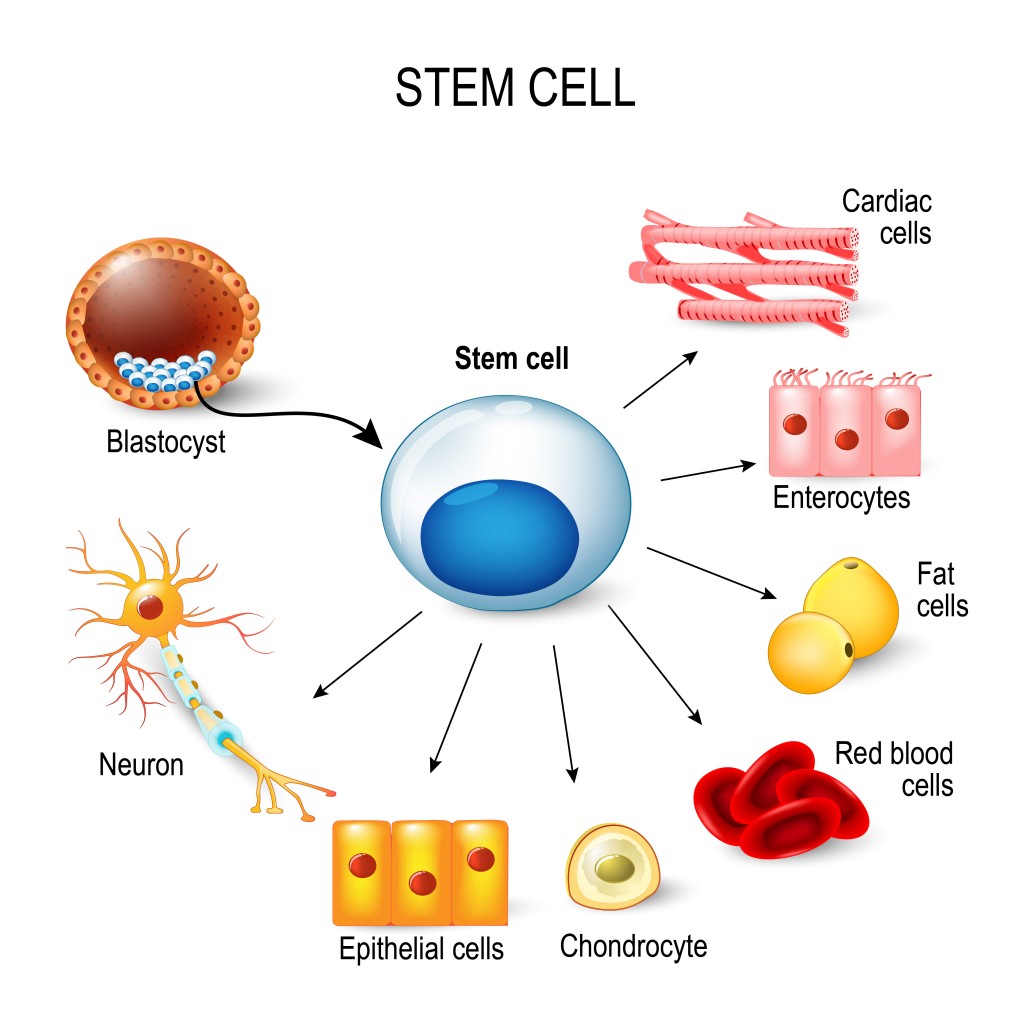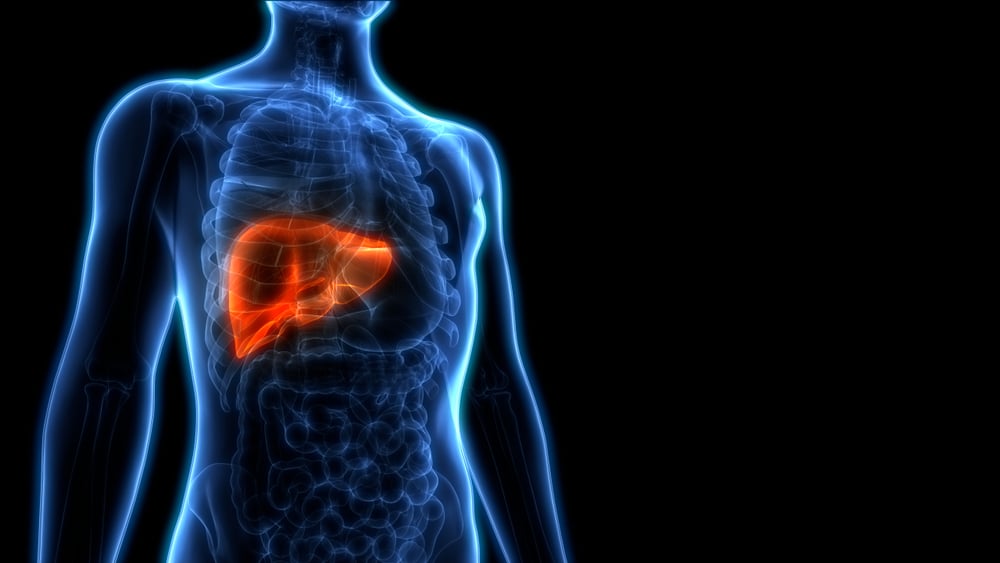Does Your Body Change Every 7 Years
Is It True That Our Trunk Completely Changes Every 7 Years?
Updated on: 22 Jan 2022 by Vishal Thakur
The cells in every homo torso are constantly in a country of flux. The age of the cells vary, and most of the trunk completely changes over the course of 10-fifteen years, although much of the brain remains almost as it was during its inception.
Nosotros are biological beings. From our newborn stage to erstwhile age, our bodies are constantly changing. Different types of cells make upwards different organs of our body, and these cells are continuously regenerating as newer cells replace the one-time ones.

Cells are in a constant country of flux in a developing body. (Photograph Credit : Giovanni Cancemi/ Shutterstock)
This has invoked philosophical thought experiments that question the nature of individual identity. You may have heard the common saying that our trunk completely replaces every cell and changes into a completely new one every 7 years. If that's the case, are you the same person as you were 7 years ago? Or is that someone else? What nearly the 1 in the future… will that besides be you? Or is that a split individual?
I, for ane, feel like the same person I have always been when I look back on a fundamental level. However, this is a catchy scenario, so let's see if the claim of our body completely regenerating in 7 years holds true and perhaps get to know our identities a piddling better.
Recommended Video for y'all:
The Birth of a Cell
For the trunk to be fully operation, old cells die and new cells are made. One of the ways new cells come about is through the process of mitosis. In the jail cell wheel, mitosis is where two new nuclei come up almost from the separation of replicated chromosomes. The process of mitosis is itself divided into various stages; namely prophase, pro-metaphase, metaphase, anaphase and telophase. Each stage is a progression of the division of a parent chromosome that results in two daughter cells, which are copies of the original cell.

Mitosis (Photo Credit : Artemida-psy/ Shutterstock)
The other process of acquiring new cells is through stem cells. Stem cells divide over and over to produce different types of specialized cells required in the body. They besides produce new stem cells, which further the process of making new cells. In that location are iii types of stem cells. Embryonic stalk cells are responsible for supplying new cells for an embryo as it is developing. They are said to be pluripotent, significant that they tin change into any blazon of prison cell the body requires. Adult stem cells are responsible for providing a constant supply of new cells for a developing adult. These cells are multipotent and can only alter into some types of cells that the body requires. Induced pluripotent stalk cells are those fabricated in the laboratory. They are fabricated by reprogramming cells from the peel and other areas that tin can be inverse into any prison cell the torso requires.

Stalk cells and various types of cells (Photograph Credit : Designua/ Shutterstock)
How practise we know the age of the Cells in our Body?
While trying to make up one's mind whether the cortex of our brains ever produces new cells, Dr. Jonas Frisen, a stem cell biologist at the Karolinska Institute in Stockholm, had to find a new fashion to date the age of cells. The techniques at hand would require tagging Deoxyribonucleic acid with chemicals, but that wasn't nearly a perfect process.
Dr. Frisen had to think of a natural tag with which he could deduce the age of the cells. He recalled that nuclear weapons were tested aboveground until 1963, and these tests had injected radioactive carbon-fourteen into the temper. This carbon-fourteen enters the DNA of cells every bit plants exhale it and animals and people eat information technology in their food. This DNA is duplicated each time a prison cell divides. The Dna in any cell is never replaced, although nearly of the molecules themselves are replaced. Thus, a new cell acquires its DNA as information technology is formed, including the carbon-14 that got naturally tagged. Dr. Frisen realized that the enrichment of this carbon-14 tag on the DNA could be used to estimate the age of the cell.
Dr. Frisen used tissues instead of cells to make up one's mind the age, as a cell contains very little carbon-14 for dating. This technique was then used to make up one's mind the age of various cells in the organs of a homo trunk.
The Real Age of our Body
On July 15th,2005, Dr. Frisen and his colleagues issued their findings on the age of various cells in an edition of Cell. They conducted this research with adults in their late 30's. They found that the cells in the muscles of these adults had an average age of 15.i years. On the other extreme, the epithelial cells on the surface of the gut accept a very short life of merely v days, on average. That being said, the average age of the cells in the principal surface area of the gut was xv.nine years, on average.

Age of the principal trunk of the gut is 15.9 years (Photo Credit : Life science/ Shutterstock)
Through other methods, information technology is known that a ruby-red claret cell travels a whopping 300 miles throughout the body and has a life of about 4 months. White blood cells live longer than that, lasting an boilerplate of about 1 yr. Colon cells have a relatively shorter life of just 4 days; this shorter life is too seen in sperm cells, which terminal only 3 days. Cells on the skin are constantly changing, equally they have to handle the upkeep of an individual and live roughly 2 to 3 weeks. The skeleton of a human could take effectually 10 years to be completely replaced. A liver takes around 300-500 days to completely renew itself.

The liver renews in 300-500 days (Photo Credit : Magic mine/ Shutterstock)
Now comes the big question pertaining to our identities: practice cells in the brain get completely replaced too? Dr. Frisen and company establish that the cells in the visual cortex were exactly the same age as the individual, showing that subsequently birth, no new neurons are generated in the cerebral cortex, at least in numbers that would brand a difference. They also plant that the cells in the cerebellum of the individual were slightly younger, which gives acceptance to the idea that development in the cerebellum continues after birth.

Neurons remain the same throughout i's life (Photo Credit : whitehoune/ Shutterstock)
The Lesser Line
The cells in every homo body are in a constant state of flux throughout the individual's lifetime. Although nigh all the cells die and are consistently replaced, their life cycles vary from different organs, types, and functions. This lifecycle could exist as short as 3 days or every bit long as xvi years!
The matter that makes you the person yous are (your brain) doesn't make new neurons afterward its inception. The brain where your memories, ideas, beliefs, personality and every other detail of you remains the same throughout your life.
In conclusion, the claim that our trunk completely changes every 7 years is false. A more nuanced claim would be that most of the torso changes every 10-fifteen years, while some parts of the body remain the same, dying merely with the individual.
Help united states of america brand this article better
Follow ScienceABC on Social Media:
Most the Author
Vishal is an Builder and a pattern addict. He likes making trippy patterns in his computer. Fascinated by technology's role in humanity'south evolution, he is constantly thinking about how the time to come of our species would turn out – sometimes at the peril of what'southward currently going on around him.
.
Science ABC YouTube Videos
-
 Particle accelerators: What are they, how practice they piece of work and why are they of import to u.s.a.?
Particle accelerators: What are they, how practice they piece of work and why are they of import to u.s.a.? -
 How Exercise Neurons Work?
How Exercise Neurons Work? -
 How Scientifically Accurate Is The HBO Miniseries Chernobyl?
How Scientifically Accurate Is The HBO Miniseries Chernobyl? -
 Cellular Respiration: How Do Prison cell Go Energy?
Cellular Respiration: How Do Prison cell Go Energy? -
 Multiverse Theory Explained: Does the Multiverse Actually Be? Truth of Multiple Realities
Multiverse Theory Explained: Does the Multiverse Actually Be? Truth of Multiple Realities -
 What Exactly is Spacetime? Explained in Ridiculously Elementary Words
What Exactly is Spacetime? Explained in Ridiculously Elementary Words -
 What Are The Dissimilar Diminutive Models? Dalton, Rutherford, Bohr and Heisenberg Models Explained
What Are The Dissimilar Diminutive Models? Dalton, Rutherford, Bohr and Heisenberg Models Explained -
 Why Is Blood Drawn From Veins And Not From Arteries?
Why Is Blood Drawn From Veins And Not From Arteries?
Source: https://www.scienceabc.com/humans/true-body-completely-changes-every-7-years.html
Posted by: arnoldbutile.blogspot.com


0 Response to "Does Your Body Change Every 7 Years"
Post a Comment